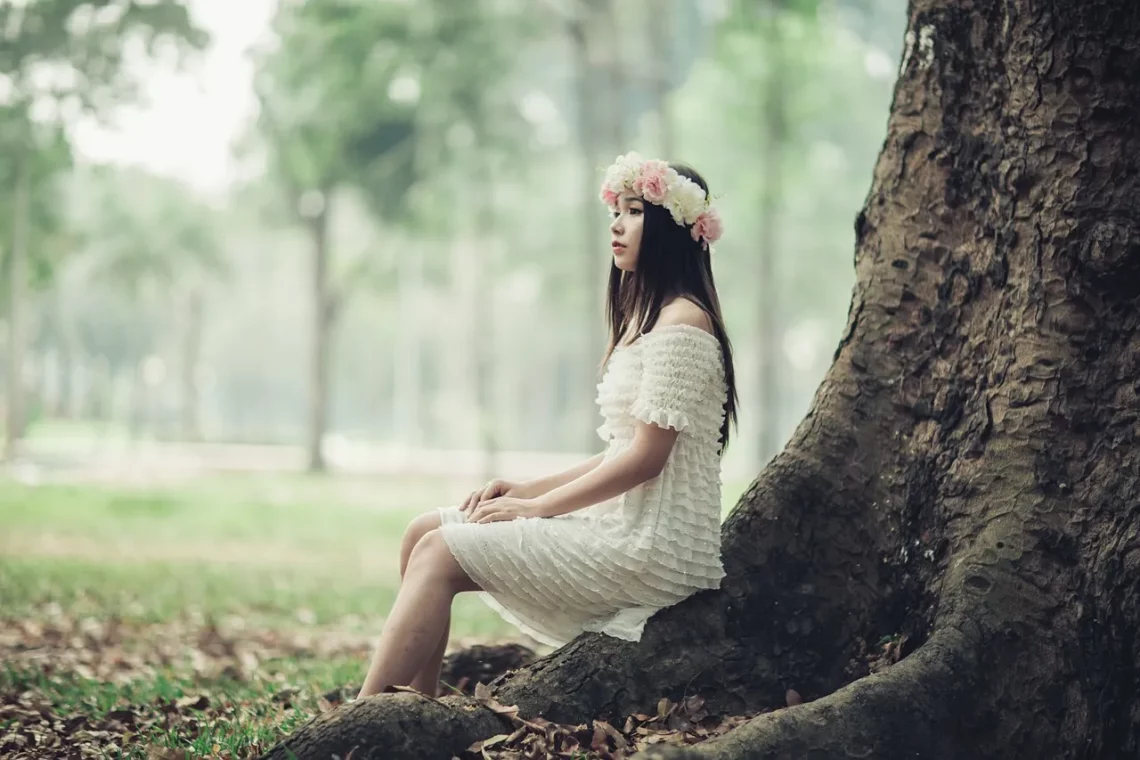
The Empowering Truth Behind Why Boobs Are Real and Beautiful
The human body is a canvas of diversity, with each feature telling a unique story. Among these features, breasts have long been a subject of fascination, discussion, and sometimes controversy. They serve various purposes beyond their biological function; culturally, they are often seen as symbols of femininity, beauty, and nurturing. The perception and appreciation of breasts can vary greatly across different cultures and societies, leading to a wide array of opinions on their aesthetic value. In an era where body positivity and self-acceptance movements are gaining momentum, it is essential to celebrate the natural beauty of breasts in all their forms.
This article explores the empowering truth behind the natural beauty of breasts, aiming to shift the focus from societal pressures and unrealistic standards to the authentic appreciation of one’s body. Each individual’s perspective on beauty is shaped by personal experiences, cultural backgrounds, and societal norms. It is this rich tapestry of influences that makes the conversation around breasts not only complex but also deeply personal. By embracing the notion that breasts, in their real, unaltered states, are beautiful, we can foster a healthier dialogue about body image and self-love.
Understanding the Biological Significance of Breasts
Breasts, primarily composed of glandular and fatty tissues, play a crucial role in human biology, particularly in the context of motherhood. Their primary biological function is to produce milk for breastfeeding, an essential process for nurturing infants. However, the significance of breasts extends beyond mere physiology. They are also tied to reproductive health and hormonal changes throughout a woman’s life, from puberty to pregnancy and menopause.
During puberty, the development of breasts is influenced by hormonal changes, particularly estrogen. This natural process is often accompanied by physical and emotional changes, marking a significant transition into womanhood. As women navigate these changes, breasts become a symbol of maturity, fertility, and femininity. However, societal expectations often distort this natural beauty, leading many to feel pressure to conform to specific ideals.
In many cultures, breasts are associated with femininity, and this perception can heavily influence how women view themselves and their bodies. The media often perpetuates an unrealistic standard of beauty, promoting specific body types that do not reflect the diversity of real women’s bodies. This can create a disconnect, making it difficult for individuals to appreciate their own unique forms.
It is essential to recognize that all breasts are beautiful, regardless of size, shape, or appearance. Each pair carries its own story, influenced by genetics, age, and life experiences. By understanding the biological significance of breasts, we can appreciate them for what they are—a remarkable aspect of human diversity that deserves celebration rather than judgment.
Cultural Perspectives on Beauty and Breasts
Cultural perceptions of breasts vary dramatically across different societies. In some cultures, larger breasts are celebrated and seen as a symbol of wealth and fertility, while in others, smaller breasts may be preferred as a sign of youthfulness and vitality. These varying ideals reflect deeper societal values and beliefs about femininity, sexuality, and attractiveness.
Historically, the representation of breasts in art and media has evolved, often mirroring societal attitudes toward women’s bodies. From classical sculptures to modern advertisements, breasts have been depicted in ways that either empower or objectify women. In many cases, media portrayals of breasts can create unrealistic expectations that impact women’s self-esteem and body image.
Moreover, the rise of body positivity movements has begun to challenge traditional notions of beauty. These movements advocate for the acceptance of all body types and encourage individuals to embrace their natural forms. They promote the idea that beauty is not confined to societal standards but is instead a personal and subjective experience.
Understanding the cultural context surrounding breasts can help individuals learn to appreciate their own bodies and those of others. By recognizing that beauty is not a one-size-fits-all concept, we can foster a more inclusive and accepting environment that celebrates diversity.
The Role of Media in Shaping Body Image
The media plays a significant role in shaping perceptions of beauty and body image. With the advent of social media, images of idealized bodies are more accessible than ever, often leading to comparison and feelings of inadequacy. The portrayal of breasts in advertising, films, and social media platforms frequently adheres to narrow beauty standards that do not reflect the reality of most women’s bodies.
These portrayals can lead to a distorted self-image, as women may feel pressured to conform to an ideal that is often unattainable. The constant bombardment of edited images can create unrealistic expectations regarding breast size, shape, and appearance. This can result in a negative impact on mental health, leading to issues such as body dysmorphia and low self-esteem.
However, the same media platforms that contribute to these issues also have the power to promote body positivity and acceptance. Many influencers and advocates are using their platforms to challenge traditional beauty standards and showcase the beauty of diversity. By sharing unfiltered images and personal stories, they encourage others to embrace their bodies as they are, fostering a sense of community and support.
It is crucial for individuals to critically engage with media messages and recognize the difference between reality and the idealized images often presented. By cultivating self-awareness and self-compassion, individuals can develop a healthier relationship with their bodies, leading to a more positive self-image.
Embracing Self-Love and Body Positivity
Self-love and body positivity are essential components of a healthy relationship with one’s body, including breasts. Embracing self-love means recognizing one’s worth beyond physical appearance and developing a sense of appreciation for the body in its entirety. This involves acknowledging and celebrating unique attributes rather than comparing oneself to others.
Practicing body positivity encourages individuals to challenge societal norms and embrace their natural forms. This can involve activities such as wearing clothing that makes one feel confident, engaging in positive self-talk, and surrounding oneself with supportive communities. By fostering an environment of acceptance, individuals can begin to reframe their perceptions of beauty.
Additionally, education plays a vital role in promoting body positivity. Learning about the diversity of body types and the natural variations that exist can help individuals appreciate their own bodies. Understanding that beauty is not defined by size, shape, or societal standards can empower individuals to embrace their unique qualities.
It is essential to remember that self-love is an ongoing journey, and it is perfectly normal to have moments of doubt. However, by consistently practicing positive affirmations and surrounding oneself with uplifting influences, individuals can cultivate a more loving and accepting attitude towards their bodies.
In conclusion, the journey towards appreciating the beauty of breasts and embracing body positivity is multifaceted and deeply personal. By understanding the biological significance, cultural perspectives, and the role of media, individuals can foster a healthier relationship with their bodies. Ultimately, every body is unique and beautiful, and it is this diversity that should be celebrated.
**Disclaimer:** This article is not intended as medical advice. For any health-related concerns, please consult a qualified healthcare professional.




